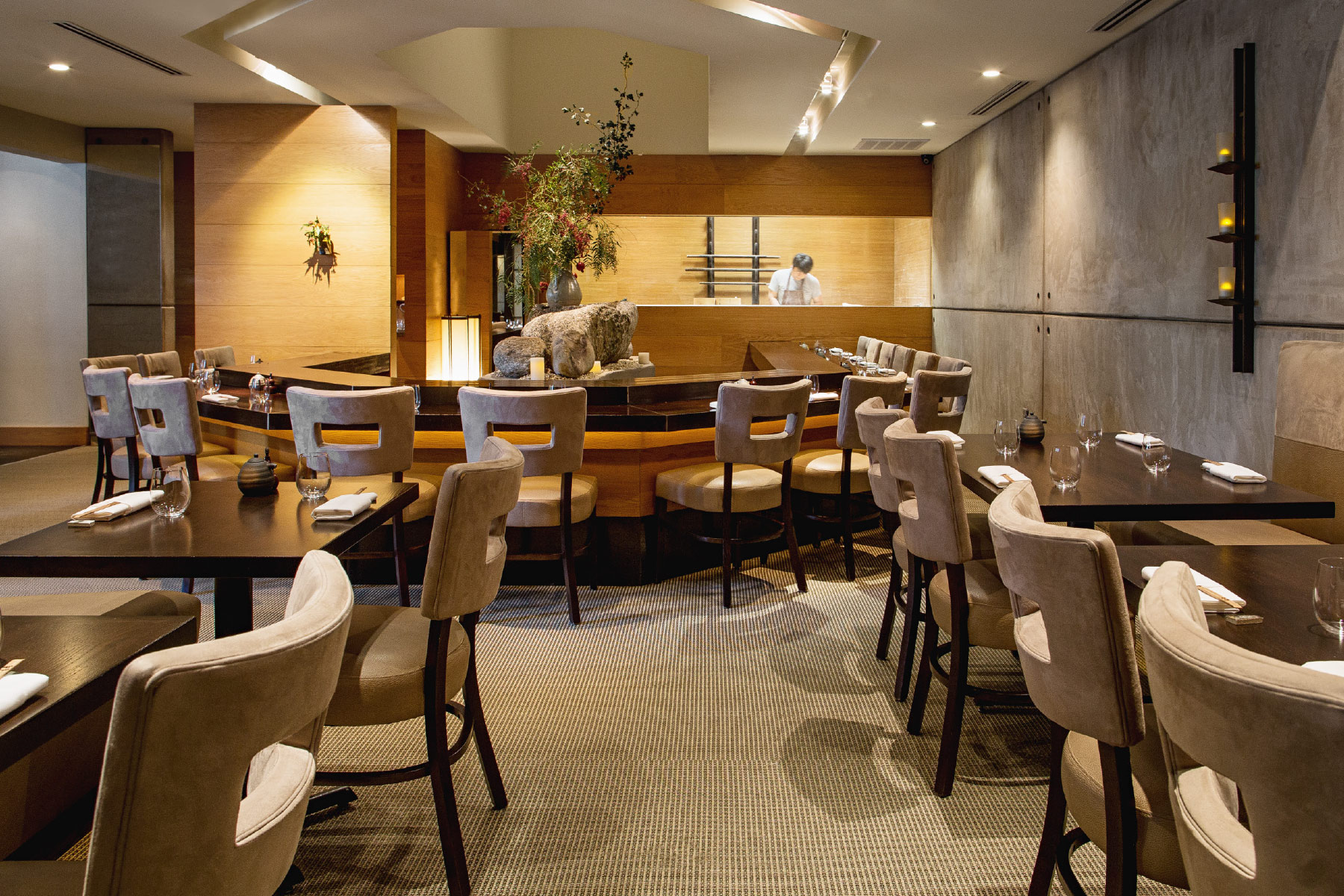As restaurants tiptoe into opening on the coasts, in cities like Los Angeles and New York in the first stage of reentry into any form of in-dining service, Dallas is already in stage three. Bars were permitted to operate at 50 percent capacity last week, with restaurants able to open at 75 percent occupancy this Friday.
Figuring out how they reopen, restaurateurs are realizing they have to set their own rules, in part because the rules are not spelled out. Allowances from the Governor offer bare-bones percentages, without the granular details of how to implement them or even at times to what spaces they apply. Groups like the Texas Restaurant Association offer suggestions for safety measures, but restaurants are left to outline their own plans—with various solutions at various price points—while weighing the safety and comfort of both their diners and their staffs.
“At the end of the day, there’s not a whole lot of difference between 50 and 75 percent,” says Homewood chef-owner Matt McCallister. Or, for that matter, between 75 percent and 100. “You never really have 100 percent occupancy.”
But then the negotiation becomes about setting rules, protecting the employees.
McCallister is adamant at Homewood, where the room feels spacious and where the edicts are strict. “Our rules are: We respectfully ask that you wear a face mask when you enter the building and you can take it off when you’re seated. But when you get up to go to the bathroom, we request that you put it on. And it’s just a respect thing,” says McCallister. “I have to respect all my staff’s wants and wishes. It’s a collective decision.”
Then there are small matters, like refilling water glasses, which fall in a new no-man’s-land. Who touches the water bottle on each table? In whose zone does it belong? How much interaction is due or desired? “Let’s just ask the guests: Do you want us to give you 75 percent service, or do you want full service?” McCallister says the team decided to inquire. “But those were interesting things to navigate. Going down to something that small. Before, we would never think about that. And now, we’re like, ‘What do we do now?’” All these micro-details one hasn’t had to think about before, including preserving the experience.
For many high-end restaurants in particular, the calculus is precise. In part because a high-end restaurant is a very specific place, where atmosphere and ambiance are coveted. In ways that are different from a casual restaurant, diners and owners are less willing to compromise on aesthetics—preserving the sanctity of that aesthetic may not be compatible with plexiglass dividers in the time of COVID-19. Put another way: Safety is important, but ambiance is also essential.
Tei-An is opening for the first time since mid-March, and protective measures look like infrared thermometers and only two turns per table each night, with thorough cleaning in between each. But the restaurant has specially sourced napkins that are disposable but of a clothlike quality. It’s the tactile details such as these that contribute to the overall preserving of Tei-An’s elegant oasis.
The fine-dining brasserie Bullion is among those that are staying deliberately closed. Part of what conjures a fine dining experience is the layers of staff, both in front of house and back, which do their choreographed, balletic work. To bring back a deep staff is costly and potentially difficult in times when unemployment benefits may top what a server might earn currently. Profitability margins are also slimmer in fine dining than in casual concepts, often hovering between 10 and 15 percent. Luxurious ingredients represent costly variables, too.
Add to that concerns about a dining room that is usually decked in refined accoutrements. The Bullion dining room, gilded and polished, is not adapted to spacing out, and to respect social distancing, vice president of hospitality Jason Cotton says he would need to only fill up to 43 percent. But only 43 percent on a Friday or Saturday allows none of the buoyancy those nights usually provide for the slower nights of the week.
“Instead of having Christofle silverware and finer napkins and really nice china and a beverage team and the layers within the wine team to spend an hour a week with the service team,” there is a shuffling of resources to other priorities.
And if one starts chipping away at the ambiance and experience of Christofle silverware and fine china—with QR codes on tables or plexiglass dividers—what are you left with? “All of what you start scrapping away to stay profitable… It just goes against the core” of what fine dining is, he says.
“What makes the price point what it is is the multiple layers in the front of house and back of house, the quality of the napkins, the menus. All of those costs are what make fine dining fine dining. If you strip it away, is it really fine dining, or is it just beautiful and priced like fine dining, but it’s really a very casual experience? That’s my greatest fear,” he says.
As we reenter dining rooms in our various capacities (if we choose), the ones we reenter last might be these cocoons of fine dining, which in many ways are feeling endangered, their existence hanging by a thread as collectively we consider what the future of the dining landscape may be. The variables are complex in these soignee, highly tended shadowboxes. They may be a balm. And when they do return, we may take finer note of the layers entailed. But it takes more than a percentage allowance to conjure them back.





